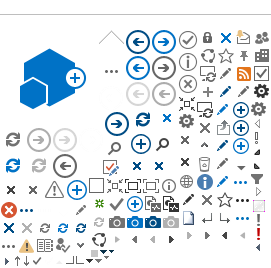March
2000
, Volume
13
, Number
3
Pages
287
-
296
Authors
Valérie
Geffroy
,
1
,
5
Mireille
Sévignac
,
1
Julio C. F.
De Oliveira
,
1
Guy
Fouilloux
,
2
Paul
Skroch
,
3
Philippe
Thoquet
,
1
Paul
Gepts
,
4
Thierry
Langin
,
1
and
Michel
Dron
1
,
6
Affiliations
1LPPM, IBP, Bât. 630, Université de Paris XI, 91405 Orsay Cedex, France; 2Station d'Amélioration des Plantes, INRA, Route de Saint Cyr, 78 026 Versailles, France; 3Department of Horticulture, University of Wisconsin, Madison 53706, U.S.A.; 4Department of Agronomy and Range Science, One Shields Avenue, University of California, Davis 95616-8515, U.S.A.; 5DGAP, INRA, 80200 Estrées Mons, France; 6CIRAD, 42 rue Scheffer, 75016 Paris, France
Go to article:
RelatedArticle
Accepted 23 November 1999.
Abstract
Anthracnose, one of the most important diseases of common bean (Phaseolus vulgaris), is caused by the fungus Colletotrichum lindemuthianum. A “candidate gene” approach was used to map anthracnose resistance quantitative trait loci (QTL). Candidate genes included genes for both pathogen recognition (resistance genes and resistance gene analogs [RGAs]) and general plant defense (defense response genes). Two strains of C. lindemuthianum, identified in a world collection of 177 strains, displayed a reproducible and differential aggressiveness toward BAT93 and JaloEEP558, two parental lines of P. vulgaris representing the two major gene pools of this crop. A reliable test was developed to score partial resistance in aerial organs of the plant (stem, leaf, petiole) under controlled growth chamber conditions. BAT93 was more resistant than Jalo-EEP558 regardless of the organ or strain tested. With a recombinant inbred line (RIL) population derived from a cross between these two parental lines, 10 QTL were located on a genetic map harboring 143 markers, including known defense response genes, anthracnose-specific resistance genes, and RGAs. Eight of the QTL displayed isolate specificity. Two were co-localized with known defense genes (phenylalanine ammonia-lyase and hydroxyproline-rich glycoprotein) and three with anthracnose-specific resistance genes and/or RGAs. Interestingly, two QTL, with different allelic contribution, mapped on linkage group B4 in a 5.0 cM interval containing Andean and Mesoamerican specific resistance genes against C. lindemuthianum and 11 polymorphic fragments revealed with a RGA probe. The possible relationship between genes underlying specific and partial resistance is discussed.
JnArticleKeywords
Additional keywords:
residual effect.
Page Content
ArticleCopyright
© 2000 The American Phytopathological Society
